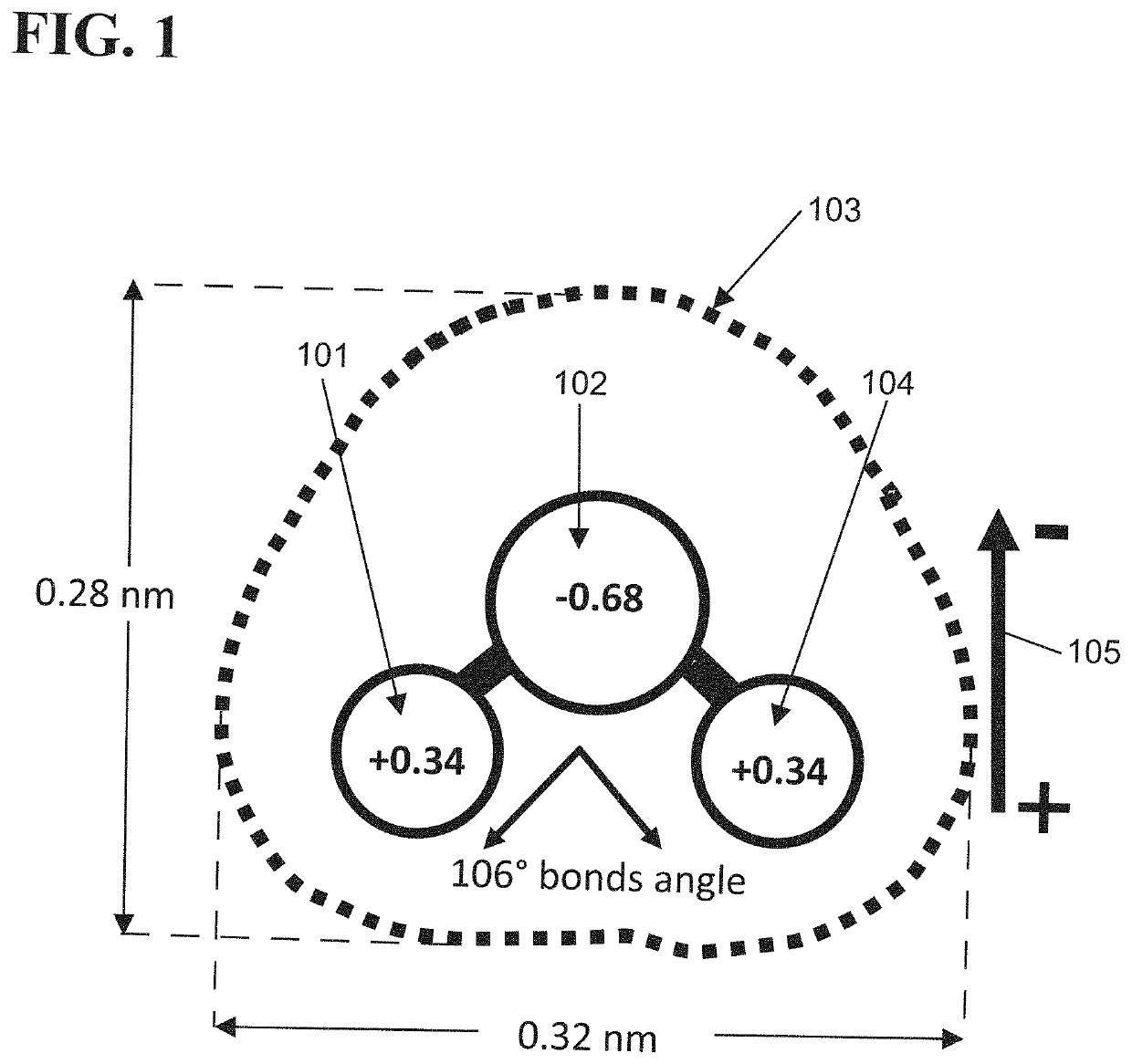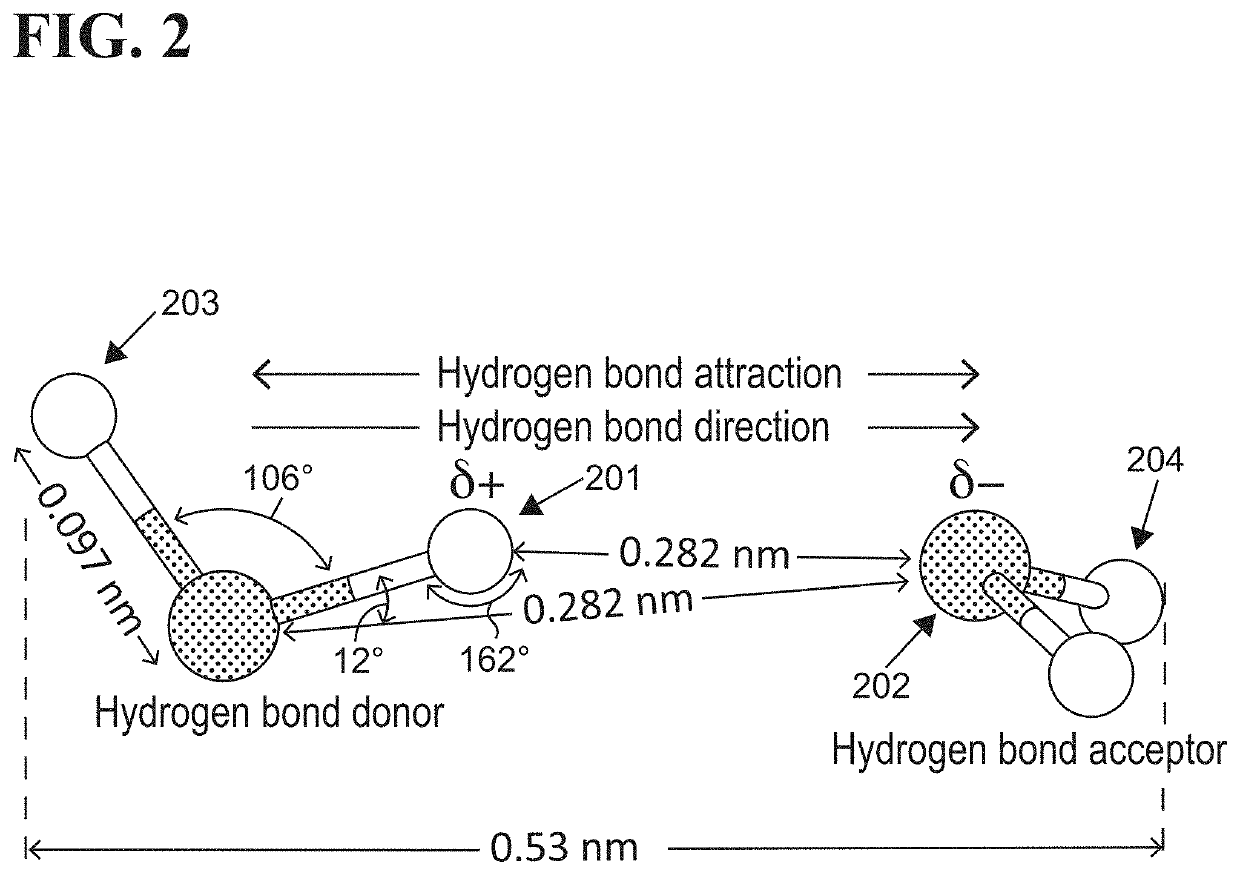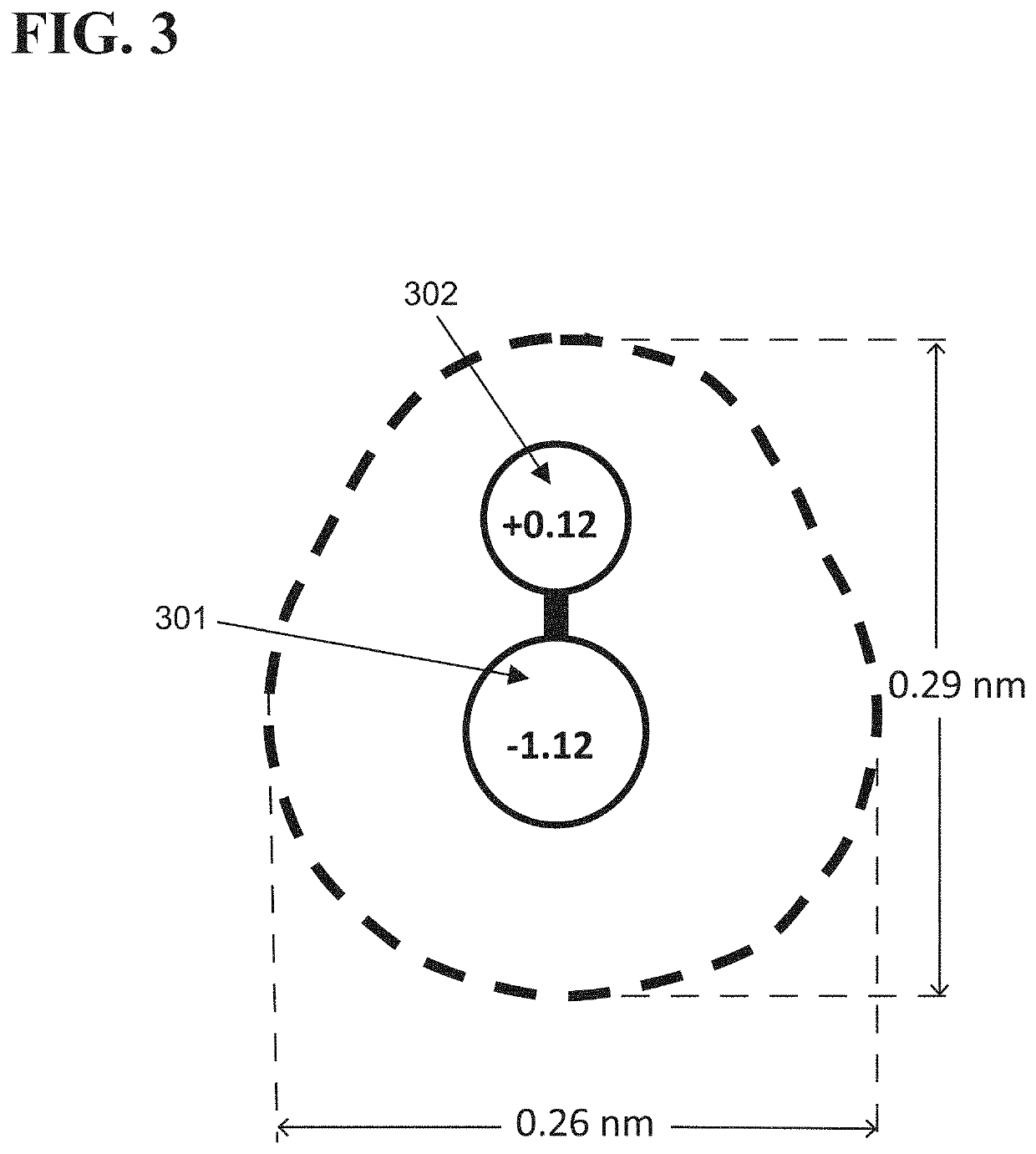Composition comprising aqueous medium with reduced size water clusters to improve bioavailability of the aqueous medium and methods for making and using the compositions
a technology of aqueous medium and water clusters, which is applied in the nature of water treatment, multi-stage water/sewage treatment, and filtration treatment, etc. it can solve the problems of reducing affecting so as to improve the bioavailability of aqueous composition and improve the bioavailability of the composition, the effect of a a technology of a water clusters of water a technology of aqueous medium bioavailability of a technology of aqueous medium bioavailability of aqueous composition and water clusters and composition water clusters and compositions of aqueous medium bioavailability of aqueous compositions and compositions, applied in the field of compositions, which is applied in the nature of water/sewage treatmen
- Summary
- Abstract
- Description
- Claims
- Application Information
AI Technical Summary
Benefits of technology
Problems solved by technology
Method used
Image
Examples
example utility embodiments
of the Present Invention
[0079]For some embodiments of the present invention, being able to do nano-sizing of a non-H2O substance in ultrapure water is a highly useful utility of the present invention. For example embodiments of the present invention can be useful for improving a hydration drink for mammals including humans and animals. Drinks for meals, for water bottles, for water coolers, for beverages sold in bottles, beer, wine—all can all be made better hydrating using the present invention embodiments. Water in food preparation at home and in stores can use the invention's water embodiments. Persons needing hydration include athletes, outdoors persons, office workers, people camping and hiking,
[0080]In some embodiments of the present invention, nano-sized particles in ultra purified water clusters can be useful as a means for increasing growth and body weight in mammals including humans and animals, for example for growth and health of non-human animals—farming poultry, beef, ...
example 1
tal Data on Products of the Invention
[0227]The inventors observed a significant reduction in sizes of water clusters in blended aqueous compositions comprising ultrapure water and a non-H2O substance(s). by the Present Invention Process embodiments: The Malvern Zetasizer was used to measure the median sizes of water cluster distributions in invention embodiment process samples taken before and after Process step 8. See FIG. 11 and FIG. 12 for Process steps. Two samples of the blended aqueous composition 1213 of Hangover formulation were sampled from the transfer pipe 1217 (See FIG. 12). Their Malvern Instrument's Zetasizer study reports are provided in FIG. 15 and FIG. 17.
[0228]Two samples of the blended aqueous composition 1213 of Hangover formulation after their Step 8 processing using the hollow cylinder 1218 were sampled from the process drain pipe 1235. Their Malvern Instrument's Zetasizer reports are provided in FIG. 15 and FIG. 18.
[0229]FIG. 15 presents Zetasizer measurements...
example 2
with Reduced Size Water Clusters have Improved Bioavailability
[0235]Inventors who have been using the Malvern Zetasizer to measure the median size of the water clusters in experimental product embodiments of the present invention, have also been evaluating the improvements in bioavailability of experimental product embodiments of the present invention which arise from the novel invention process of the present invention. The inventors observed that a composition with aqueous medium comprising UltraPure Water (UPW) and a non-H2O substance(s) has improved bioavailability when the median size of the water clusters in the aqueous medium is reduced to below 400 nanometers, preferably below 300 nanometers size, more preferably to below 250 nanometers size based on using a Malvern Zetasizer to determine median size of the water cluster size of the products of the invention. The inventor observed that an aqueous medium containing a non-H2O substance water clusters with a median size exceedi...
PUM
 Login to View More
Login to View More Abstract
Description
Claims
Application Information
 Login to View More
Login to View More - R&D
- Intellectual Property
- Life Sciences
- Materials
- Tech Scout
- Unparalleled Data Quality
- Higher Quality Content
- 60% Fewer Hallucinations
Browse by: Latest US Patents, China's latest patents, Technical Efficacy Thesaurus, Application Domain, Technology Topic, Popular Technical Reports.
© 2025 PatSnap. All rights reserved.Legal|Privacy policy|Modern Slavery Act Transparency Statement|Sitemap|About US| Contact US: help@patsnap.com



